21 Wild Animals in Western Australia [Wildlife in Western Australia]
Want to know more about the wildlife in Western Australia?
Discover 21 wild animals in Western Australia in this post, as well as interesting facts about them. 🇦🇺
Native Animals from Western Australia
Western Australia is Australia’s largest state, making up for a third of its total area and being the world’s second-largest country subdivision after Russia’s Sakha Republic. Its economy relies on mining, construction, services, oil, and gas, and it produces almost half of Australia’s exports. It is bordered by the Northern Territory and South Australia, as well as the Indian Ocean, and its capital and largest city is Perth, which counts more than 2,116,000 inhabitants.
An interesting part of this region that I wanted to tackle is its wildlife. In light of that, I have listed the best of it, and I hope you will love learning what animals live in Western Australia.
Here’s the list of Western Australia native animals.
1. Black swan
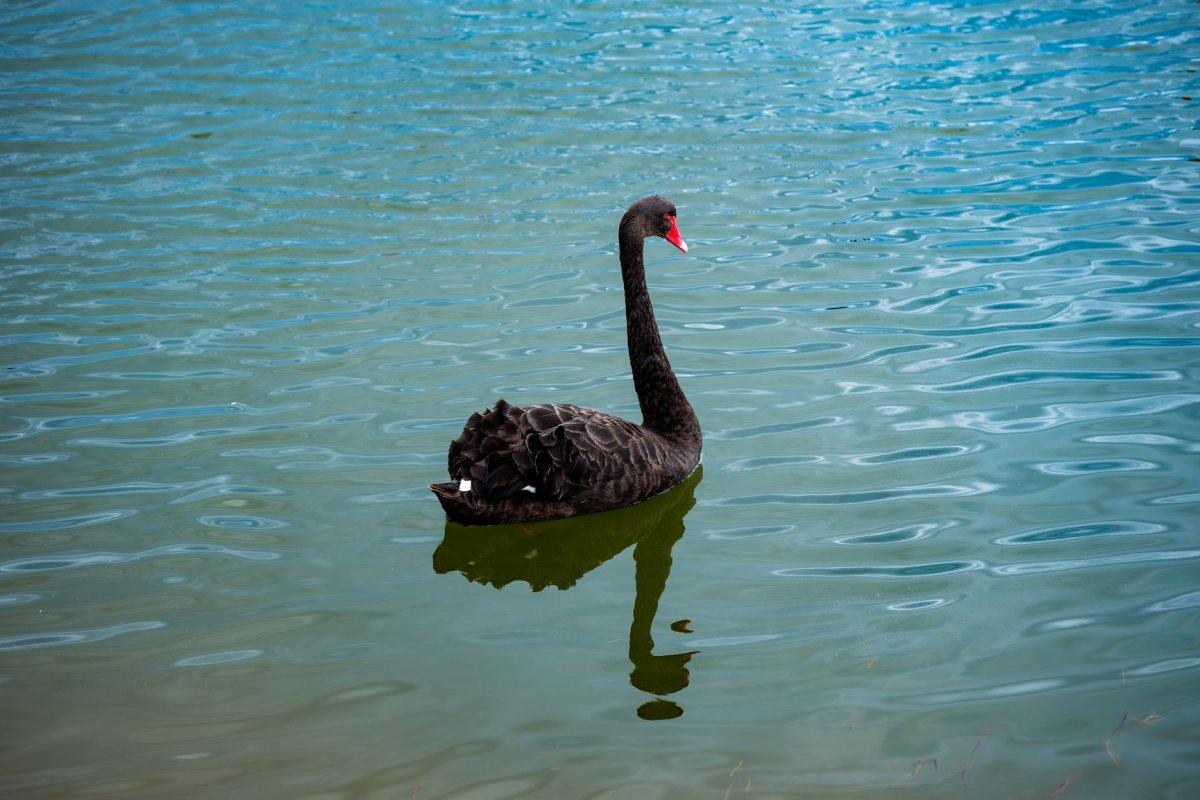
- Name: Black swan
- Scientific name: Cygnus atratus
- Conservation status:
The black swan is a large species of waterbird native to southwestern and southeastern Australia. It is nomadic within the country and migrates (or not) depending on weather conditions. After being introduced to other countries (such as the United Kingdom, the United States, China, Japan, and New Zealand) for ornamental purposes, it has escaped and has now established stable populations.
This bird is the national bird of Western Australia, and that of Dawlish, an English town.
Best spot to see this animal: Swan River
2. Quokka
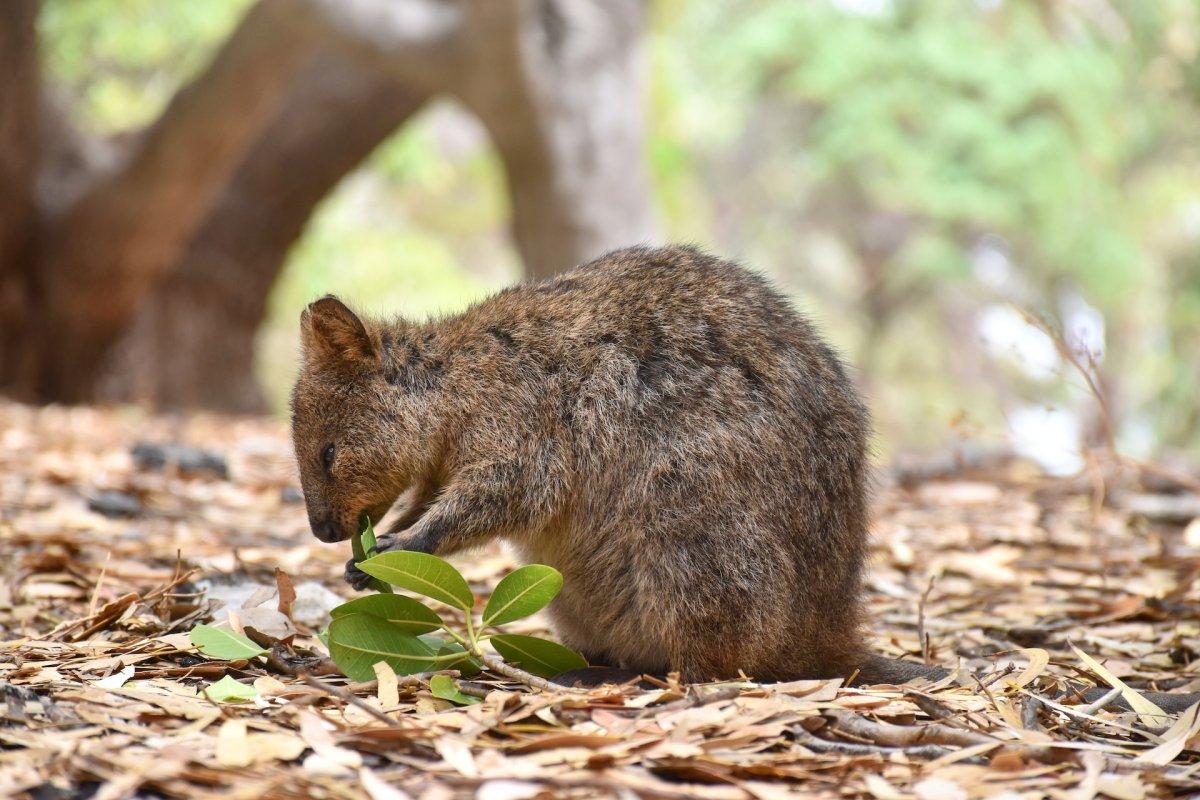
- Name: Quokka
- Scientific name: Setonix brachyurus
- Conservation status:
The quokka, also known as the short-tailed scrub wallaby, is a small species of macropod native to the extreme southwestern tip of Western Australia. Similarly to other marsupials, it is both herbivorous and primarily nocturnal.
This mammal also inhabits several islands off the coast of Australia. It feeds on grasses, leaves, and sedges, and has suffered a lot from human interaction and the introduction of predators by European settlers.
Best spot to see this animal: Rottnest Island
3. Short-beaked echidna
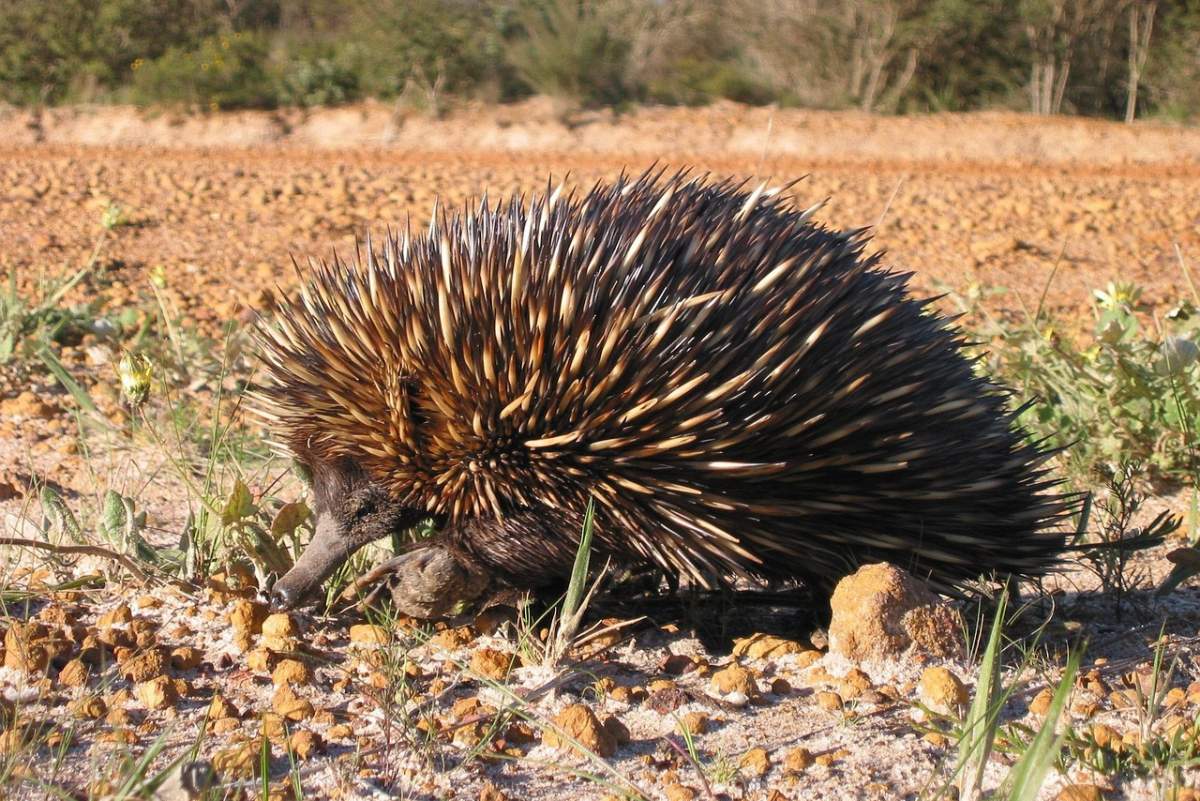
- Name: Short-beaked echidna
- Scientific name: Tachyglossus aculeatus
- Conservation status:
The short-beaked echidna is one of four species of echidna found throughout all of Australia and some neighboring countries such as Indonesia and Papua New Guinea. Echidnas are incredible creatures, and one of two mammals in the world to lay eggs!
This small animal that looks like a hedgehog has a long snout and a sticky tongue which it uses to catch insects at a great speed. Besides, its front claws and limbs are particularly strong and allow it to quickly create a burrow.
Best spot to see this animal: Any forested area with abundant ants and termites
4. Australian sea lion
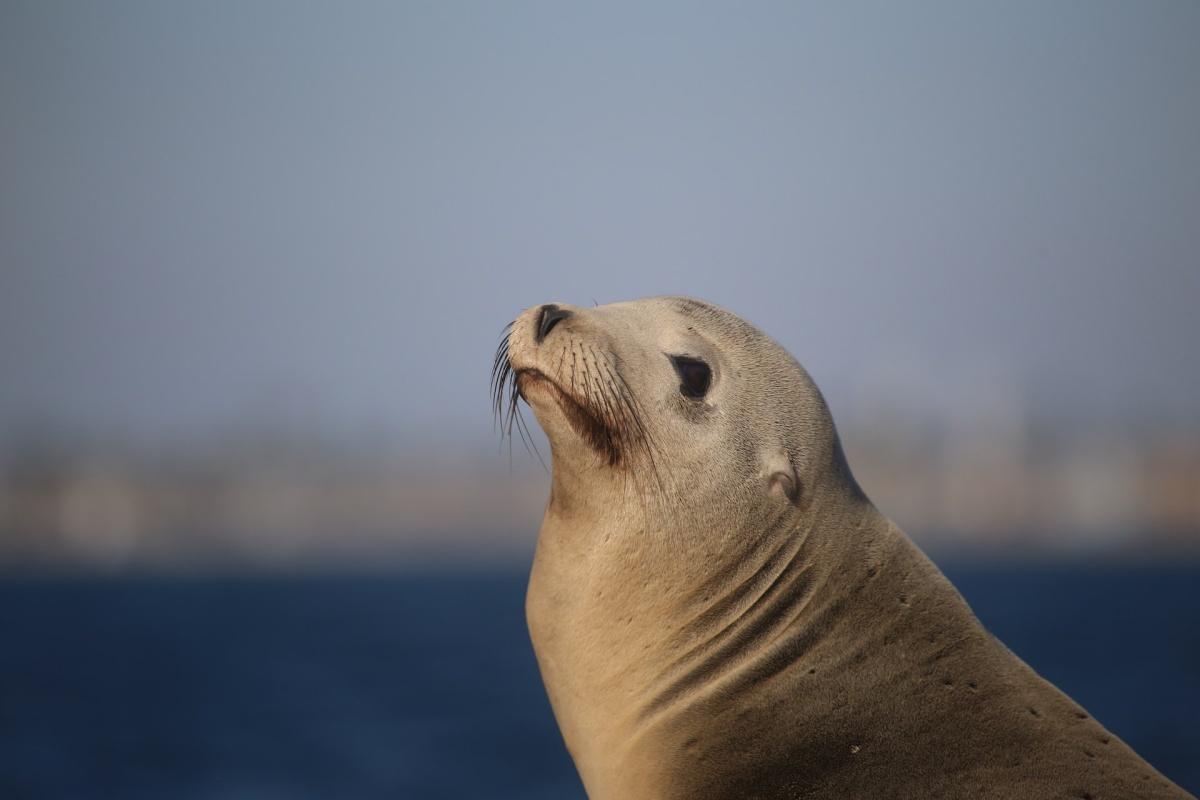
- Name: Australian sea lion
- Scientific name: Neophoca cinerea
- Conservation status:
The Australian sea lion, also spelled as the Australian sea lion or the Australian sea lion, is a species of sea lion endemic to Australia; in fact, it is the only pinniped endemic to the country. There are about 14,730 animals left, and they have been listed as endangered due to illegal shooting, hunting, and shark fishery.
This mammal is an opportunistic forager that looks for fish, squid, octopus, lobster, penguins, and even small sharks.
Best spot to see this animal: Baxter Cliffs (in Western Australia, the best spot in the country as a whole is Dangerous Reef)
5. Dingo

- Name: Dingo
- Scientific name: Canis dingo
- Conservation status:
The dingo is a medium-sized species of wild canine found throughout much of Australia, and in almost the entirety of Western Australia, except for its southwesternmost tip. It has a hardy body, ideal for stamina and agility, and has 3 main coat colors: creamy white, black and tan, and light ginger or tan.
When it comes to feeding, the dingo hunts for birds, mammals as large as kangaroos, crabs, fish, and reptiles.
Best spot to see this animal: Dingo Sanctuary, Perth
6. Red kangaroo
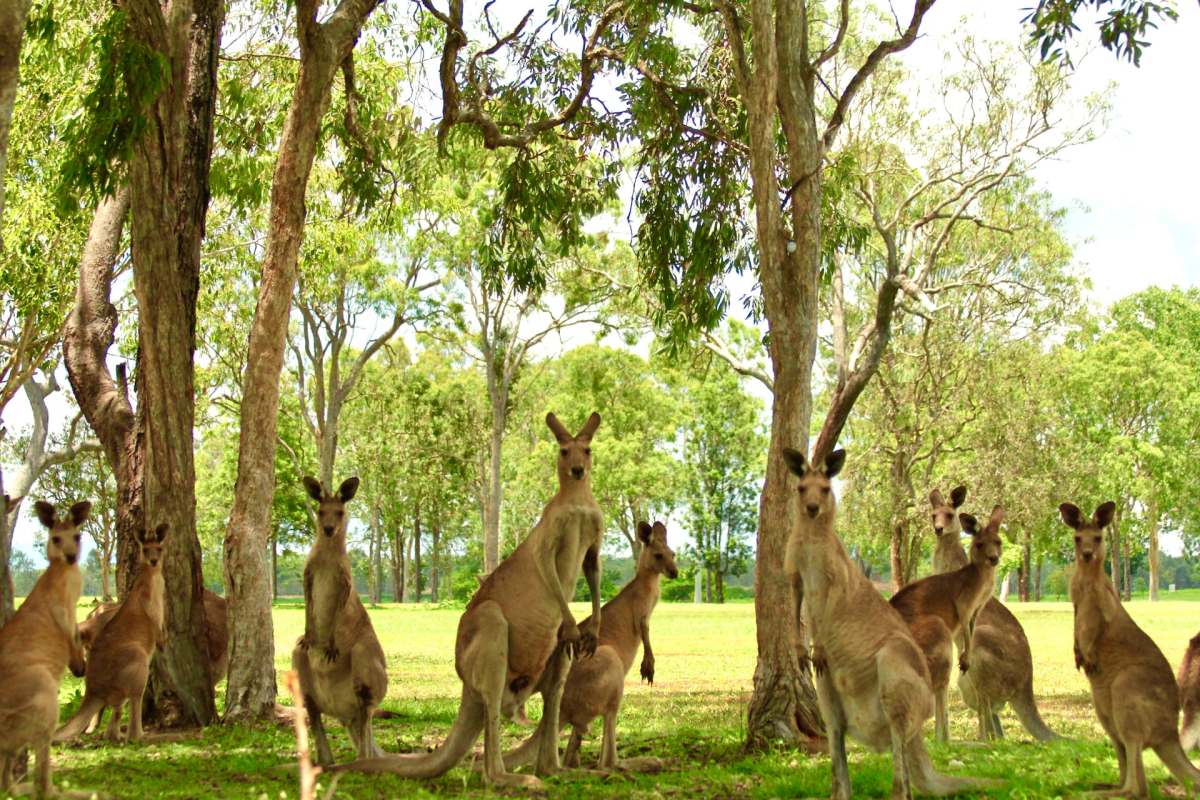
- Name: Red kangaroo
- Scientific name: Osphranter rufus
- Conservation status:
How could I have possibly made a list of Western Australia’s animals without mentioning the country’s main emblem, the red kangaroo?
This mammal is the largest marsupial in the world, as well as the largest terrestrial mammal native to Australia. It can be found throughout much of Western Australia, except for the more fertile areas in the Southwest. Usually, it inhabits scrublands, grasslands, and desert habitats, and can survive in an arid environment.
Best spot to see this animal: Lucky Bay, Cape Le Grand National Park
7. Carnaby’s black cockatoo
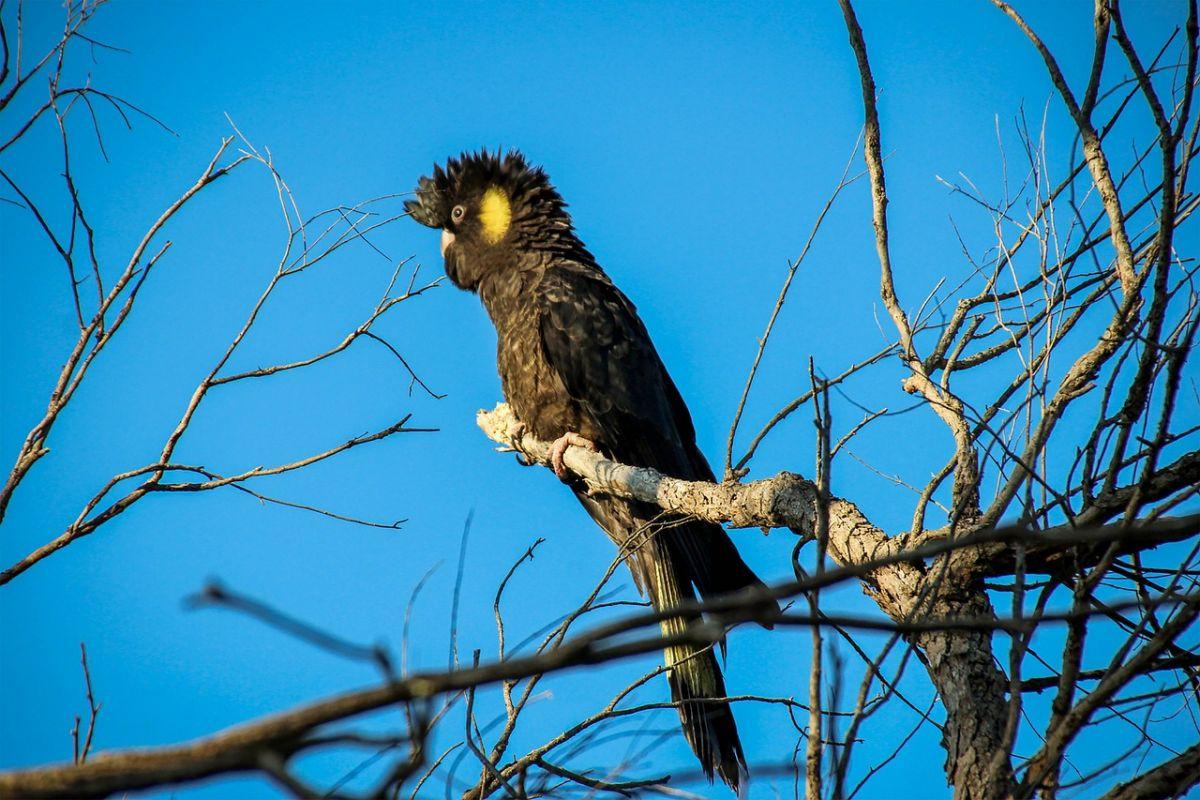
- Name: Carnaby’s black cockatoo
- Scientific name: Zanda latirostris
- Conservation status:
Carnaby’s black cockatoo, also known as the short-billed black cockatoo, is a large species of cockatoo endemic to southwestern Western Australia. It has a large white cheek, but mostly black plumage, and nests in hollows high in trees. It often communicates with visual and auditory displays and feeds on plants and seeds.
Sadly, this cockatoo is considered an endangered species in Western Australia due to land clearing and development, and it suffers from habitat destruction.
Best spot to see this animal: Wheatbelt region
8. Red-capped parrot
- Name: Red-capped parrot
- Scientific name: Purpureicephalus spurius
- Conservation status:
Similarly to Carnaby’s black cockatoo, the red-capped parrot is a species of bird endemic to southwestern Western Australia. There, it lives in the open savanna country and woodlands, and is primarily herbivorous, feeding on seeds, berries, flowers, and insects.
Over the course of history, it has sometimes been considered a pest and was thus shot, and it also suffered from land clearing, but despite all of this, its populations are still globally growing.
Best spot to see this animal: Two Peoples Bay Nature Reserve
9. Monjon
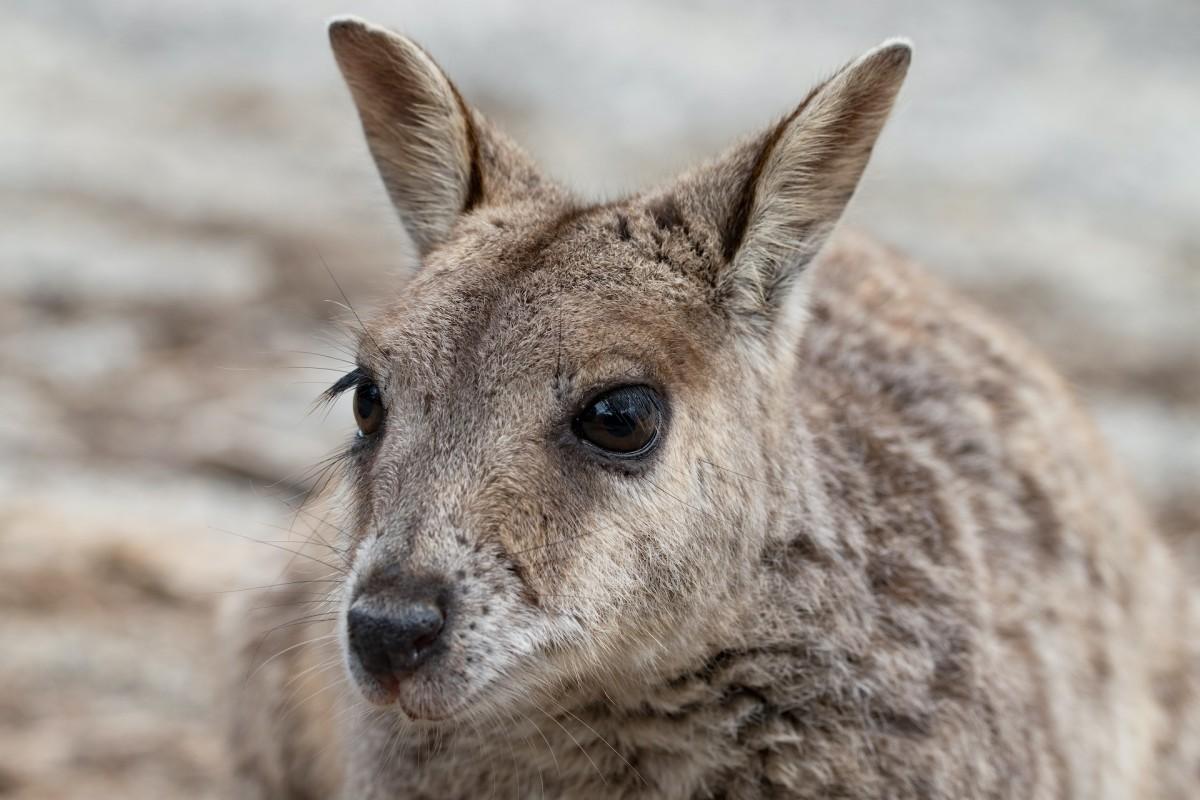
- Name: Monjon
- Scientific name: Petrogale burbidgei
- Conservation status:
The monjon is the smallest species of rock wallaby. It is endemic to northeastern Western Australia, in a small area of the Kimberley region and on several nearby islands in the Bonaparte Archipelago.
Not that much is known about this species. It primarily feeds on ferns and grasses and usually retires to caves and cavities amongst the sandstone. It is mostly listed as near threatened with extinction due to its very small range.
Best spot to see this animal: Kimberley region
10. Noisy scrubbird
- Name: Noisy scrubbird
- Scientific name: Atrichornis clamosus
- Conservation status:
The noisy scrubbird is a species of bird endemic to the coastal region of southwestern Australia, east of Albany. It is one of Australia’s rarest birds, and suffers a lot from its very specific needs and niche habitat: it only lives in rainforests above 600 m / 1,970 ft above sea level with closed forests and a dense ground cover.
After being presumed to be extinct, a population of noisy scrubbirds was discovered at Two Peoples Bay during the 1960s, and they have been reintroduced to other areas such as the Porongurup Ranges.
Best spot to see this animal: Bald Island, Waychinicup National Park
11. Kimberley honeyeater
- Name: Kimberley honeyeater
- Scientific name: Territornis fordiana
- Conservation status:
The Kimberley honeyeater is a species of bird endemic to the Kimberley region of Western Australia, as its name suggests. There, it inhabits eucalypt woodlands, paperbark forests, and rainforests, and breeds from August to January, laying 2 pinkish eggs in a nest made of plant fibers and spiderwebs.
This bird has dark gray upper parts and light gray underparts with gray eyes and a black beak. It can be distinguished from other honeyeaters thanks to its milky-white belly.
Best spot to see this animal: Charnley River-Artesian Range Wildlife Sanctuary
12. Common brushtail possum
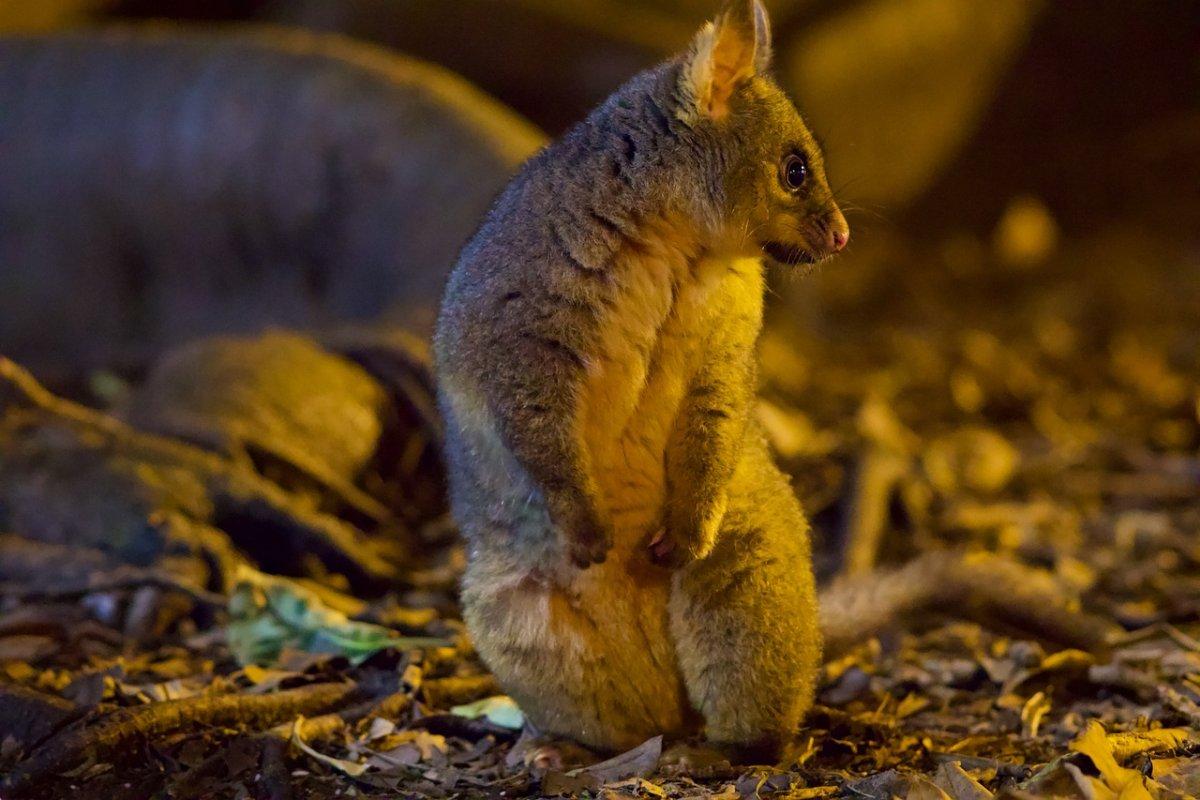
- Name: Common brushtail possum
- Scientific name: Trichosurus vulpecula
- Conservation status:
The common brushtail possum is a species of marsupial native to much of Australia and introduced to New Zealand. It is the second-largest possum in the world and is both semi-arboreal and nocturnal. It has long been hunted and farmed for its fur, considered valuable.
This marsupial is pretty easy to spot around urban areas, even around habitations. It usually forages for fruits but also raids kitchens, so be careful with your food!
Best spot to see this animal: Barrow Island
13. Red-eared firetail
- Name: Red-eared firetail
- Scientific name: Stagonopleura oculata
- Conservation status:
The red-eared firetail, also known as the boorin, is a small species of bird native to the sub-coastal regions of southwestern Western Australia. It is pretty difficult to spot, usually moving swiftly and quietly throughout its habitat, but its soft voice can be heard.
This bird forms lifelong bonds and occupies a territory centered on its nest site. It is pretty rare in captivity since it requires a lot of specific conditions, but is quite common in the wild.
Best spot to see this animal: Margaret River’s springs
14. Ghost bat
- Name: Ghost bat
- Scientific name: Macroderma gigas
- Conservation status:
The ghost bat is a species of bat found throughout northern Australia, in three main patches: one in Western Australia, one in northern Australia, and one in northeastern Australia. It is the only Australian bat that preys on large vertebrates such as mammals, reptiles, and birds, and it is an ambush predator.
This bat is the largest one in Australia, and its size is comparable to the megabat species such as the fruit bat or the flying fox.
Best spot to see this animal: Northern Pilbara
15. Rakali
- Name: Rakali
- Scientific name: Hydromys chrysogaster
- Conservation status:
The rakali, also known as the water-rat or the rabe, is a species of rodent native to Australia and named after an aboriginal word since the 1990s in order to spread awareness and to replace English descriptive words with original, local, and indigenous names.
This species is widespread, and it can usually be found in permanent water systems of the country, as well as in offshore islands and in New Guinea.
Best spot to see this animal: Wheatbelt region
16. Dugong

- Name: Dugong
- Scientific name: Dugong dugon
- Conservation status:
The dugong is a large marine mammal found not only around the northern coastlines of Australia but as far as the Indian subcontinent, the Red Sea, Madagascar, and East Africa. In fact, Australia is home to one of the largest dugong populations in the world.
This animal is closely related to manatees, and it feeds on seagrass. It has been hunted for thousands of years for both its oil and meat and is particularly vulnerable to extinction due to its very slow reproduction rate.
Best spot to see this animal: Shark Bay
17. Southern right whale
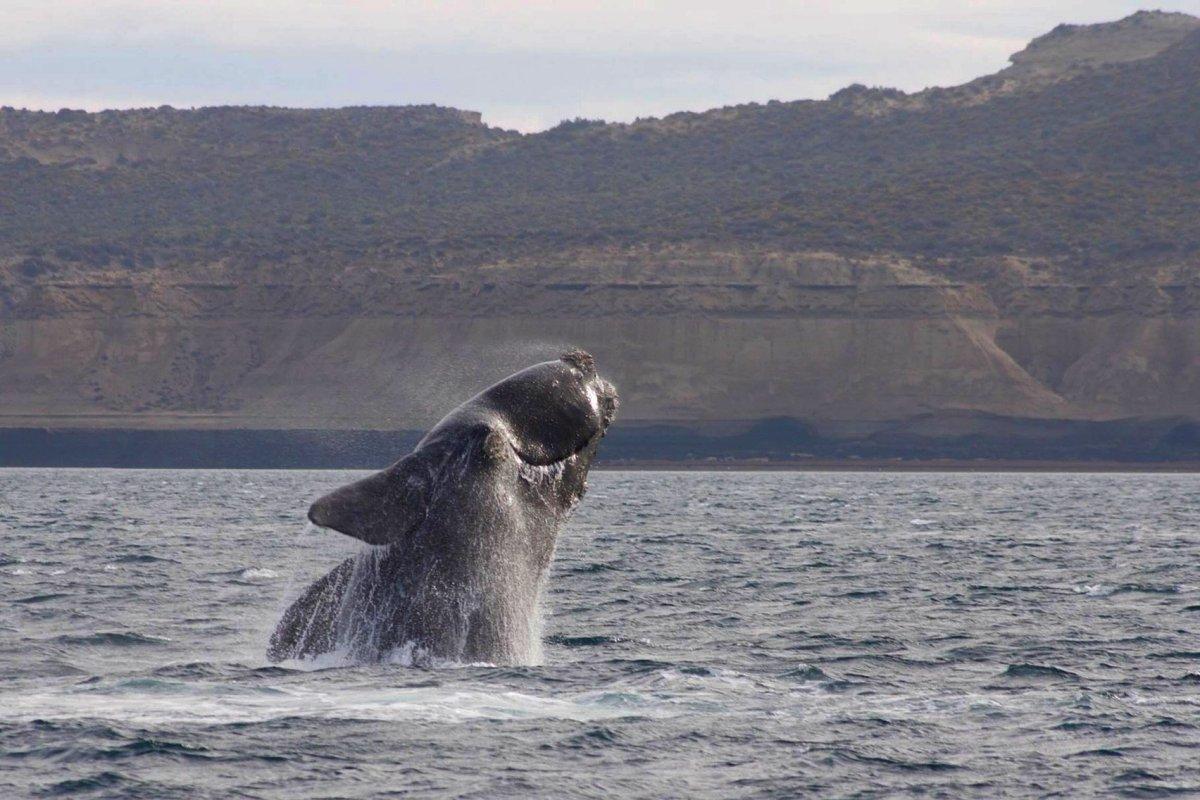
- Name: Southern right whale
- Scientific name: Eubalaena australis
- Conservation status:
The southern right whale is a large species of baleen whale native to the southern half of the Southern Hemisphere, but not to the extreme Antarctic waters. There are about 13,600 animals left in the world, and they have a very large range, which is why this species is listed as least concern.
Western Australia’s waters have always been inhabited by whales, although it is easier to see them in South Australia.
Best spot to see this animal: Abrolhos Islands
18. Bottlenose dolphin

- Name: Bottlenose dolphin
- Scientific name: Delphinus truncatus
- Conservation status:
The bottlenose dolphin is one of the most common members of the dolphin families, and it can be found in all of the world’s temperate, subtropical, and tropical waters. It is known for its intelligence, being able to use artificial language and categorize objects, and being capable of self-recognition.
Although bottlenose dolphins as a whole are not endangered, some local populations suffer a lot from several environmental changes, water pollution, and depletion of prey.
Best spot to see this animal: Shark Bay
19. Western wattlebird
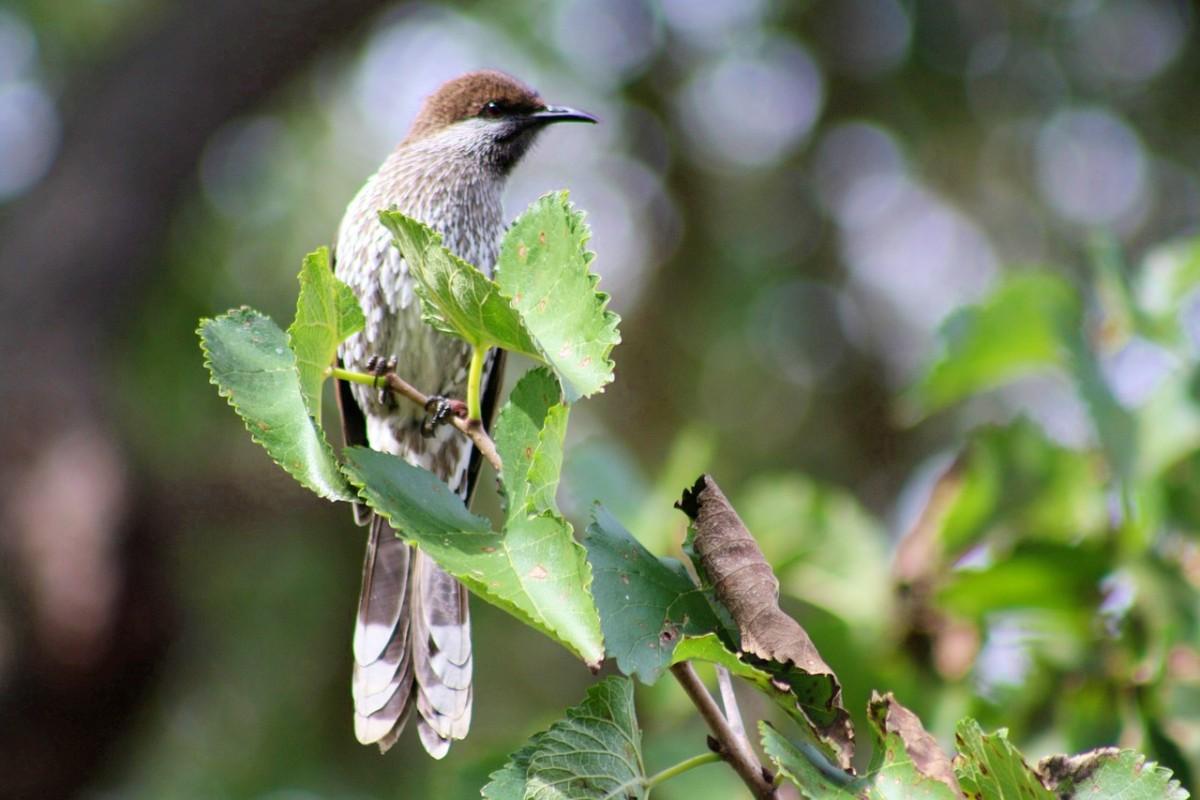
- Name: Western wattlebird
- Scientific name: Anthochaera lunulata
- Conservation status:
The western wattlebird is a species of passerine bird in the honeyeater family endemic to southwestern Western Australia. Despite this small range, it is listed as least concern, and thrives in woodlands and forests.
This bird has dark gray-brown upper parts with pale spots. It has a long and slender body and is pretty large for a honeyeater. The “lunulata” part of its scientific name means “little moon”.
Best spot to see this animal: Stirling Range
20. Saltwater crocodile
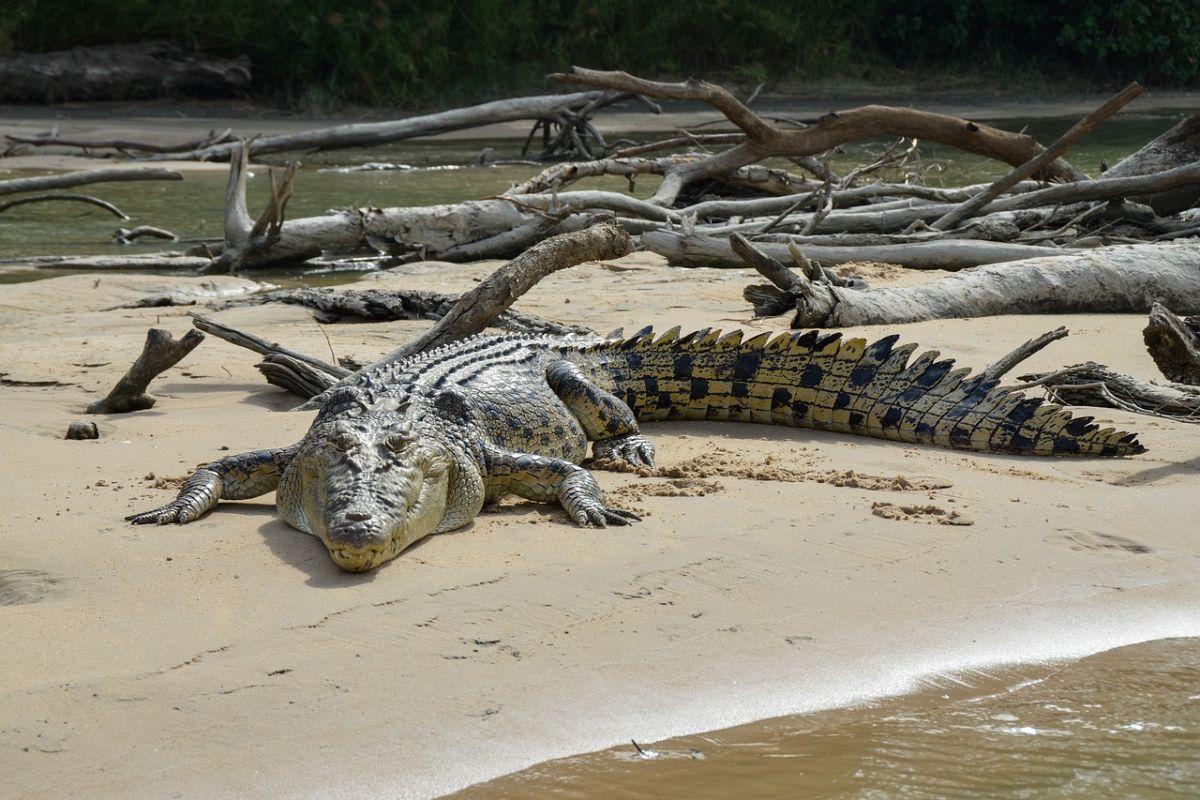
- Name: Saltwater crocodile
- Scientific name: Crocodylus porosus
- Conservation status:
The saltwater crocodile, also known as the Indo-Pacific crocodile, the estuarine crocodile, the sea crocodile, the marine crocodile, or the saltie, is the largest crocodilian and reptile on the planet, and one of the scariest ones, being particularly powerful and aggressive and known to have killed lots of people.
This crocodile is thriving in Western Australia, where it lives in multiple river systems and estuaries. In the country as a whole, there are 100,000 to 200,000 mature individuals!
Best spot to see this animal: Broome region
21. Oblong turtle
- Name: Oblong turtle
- Scientific name: Chelodina oblonga
- Conservation status:
The oblong turtle, also known as the southwestern snake-necked turtle or the narrow-breasted snake-necked turtle, is a species of turtle endemic to southwestern Western Australia but also bred in captivity. Interestingly enough, it is known to have a wide range of vocalizations, although turtles are usually believed to be mute.
Its scientific name comes from Scottish physician and naturalist Alexander Collie, while its other common name comes from its unusually long neck.
Best spot to see this animal: Wheatbelt region
—
So there you have them, these were my 21 animals native to Western Australia. I hope you enjoyed this list and that you learned something new today.
In case you want to learn more about Western Australia wildlife, feel free to keep reading, as I still have some things to tell you about:
What is Western Australia State Animal?
Western Australia’s state animal is the numbat.
You might have never heard of the numbat, also known as the banded anteater, and it is a very unique animal. This animal used to be widespread across all of southern Australia, but was extirpated from most of its former range and now only survives in small patches of forest in southwestern Western Australia.
This marsupial inhabits woodlands with thick undergrowth. Although listed as vulnerable to extinction, its populations are growing thanks to conservation efforts and fox control.
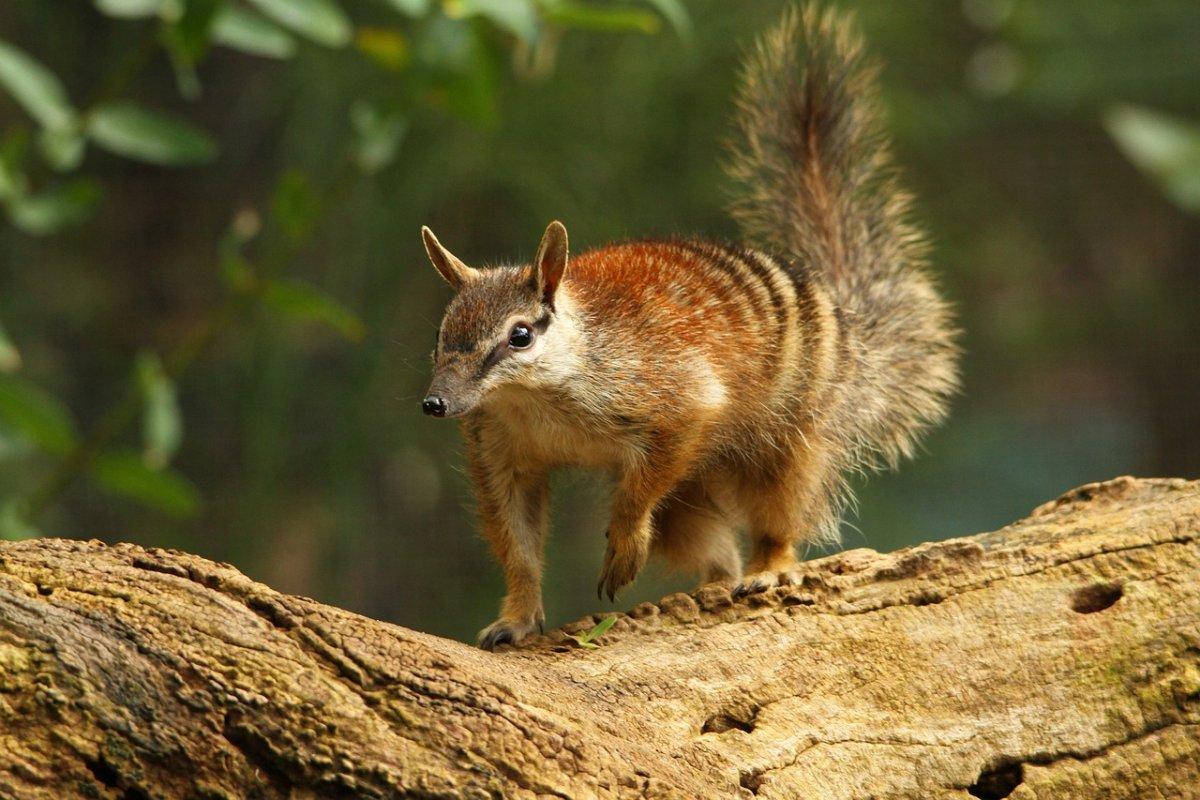
More About Animals in the World!
Loved these Western Australia animal facts?
Find out all Australia’s most popular animals in this post 👉 Top 30 Wild Animals in Australia
Or go deeper into discovering Australian animals through these posts, by state:
- Wild Animals in South Australia
- Wild Animals in Victoria
- Wild Animals in Queensland
- Wild Animals in New South Wales
- Wild Animals in Tasmania
Click here to see ALL the facts on the blog! Spoiler alert: there’s A LOT of them.
Share the knowledge! Click on the buttons below to share information about these native animals of Western Australia with your friends, and help them learn more about the world 🙂
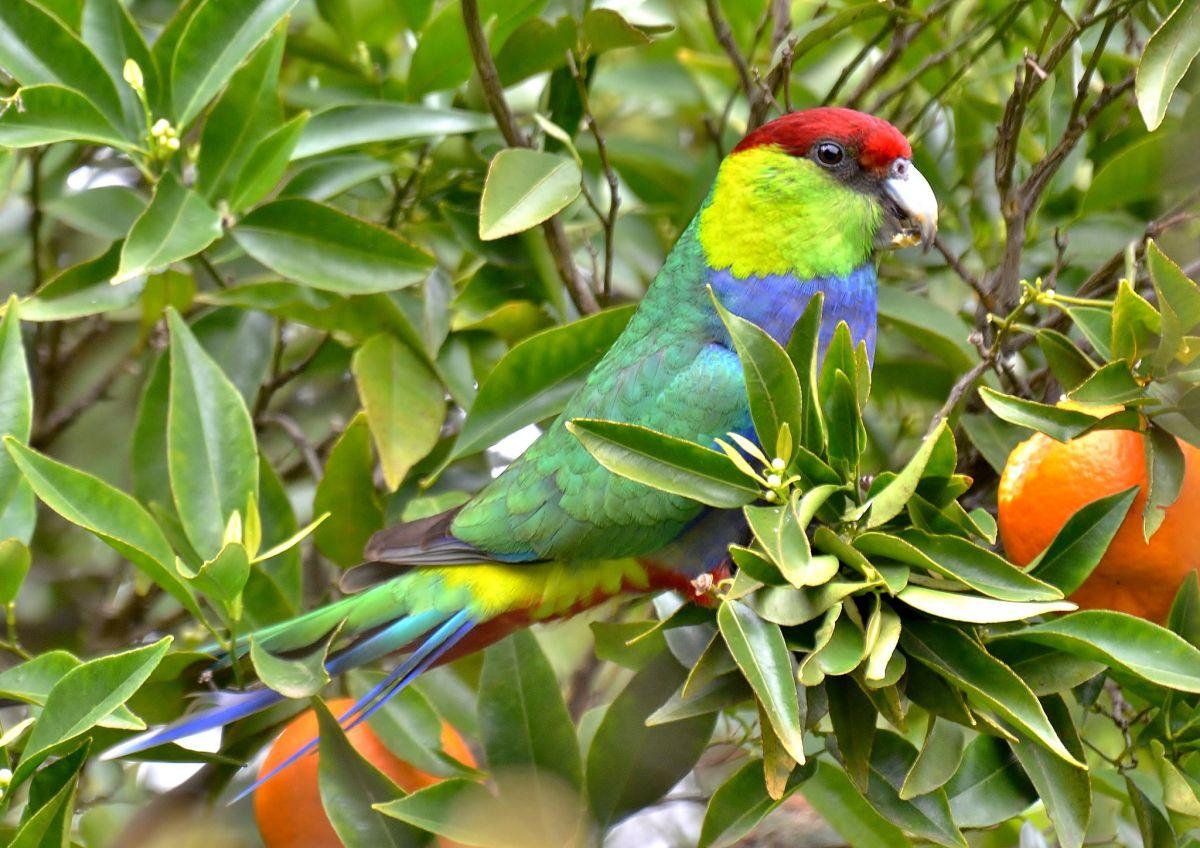
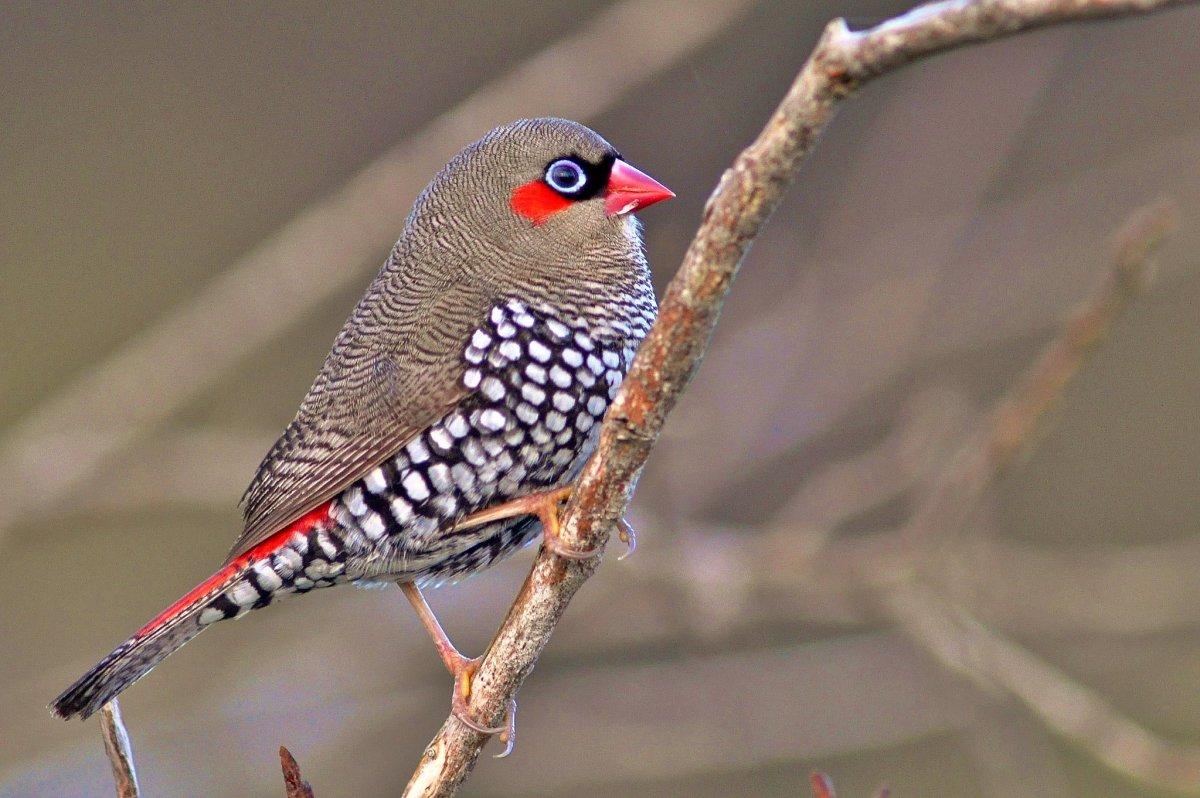
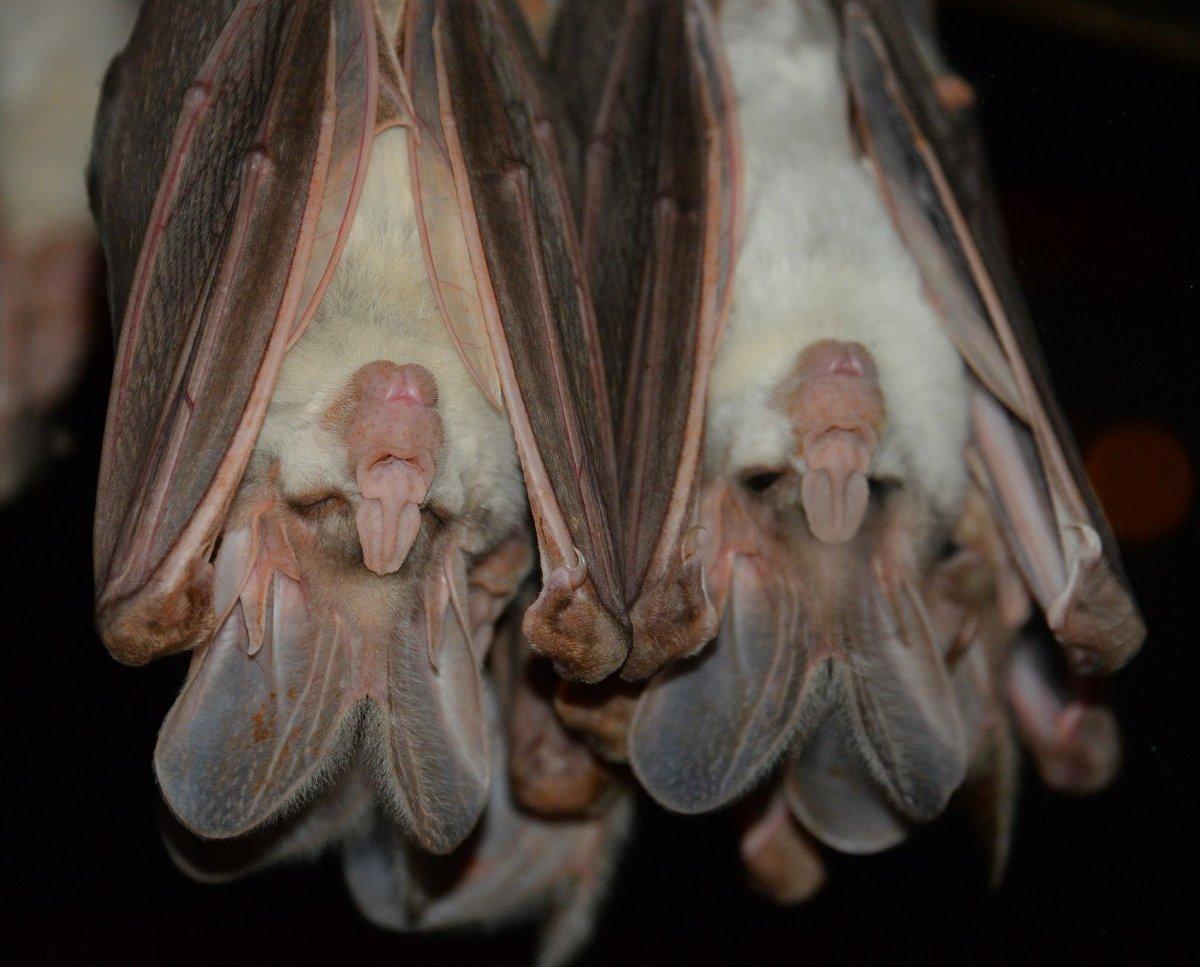
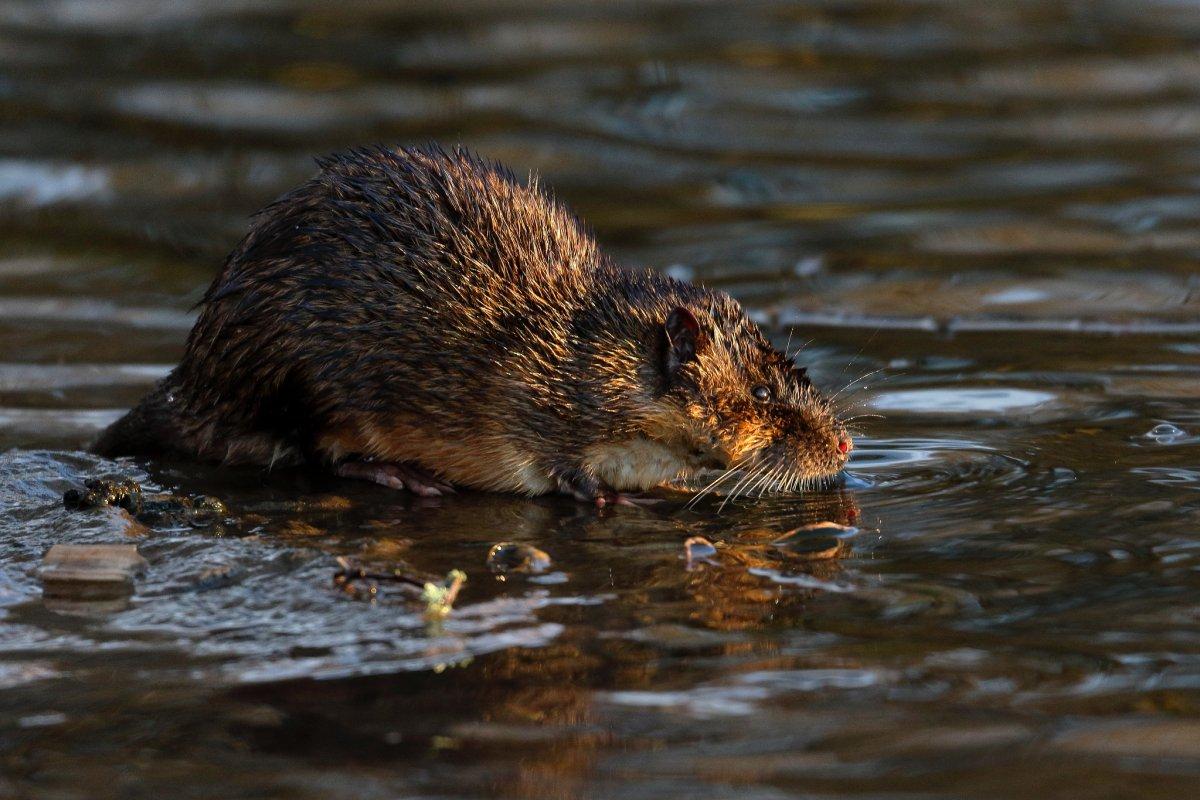

![28 Wild Animals in Botswana [Wildlife in Botswana]](https://www.kevmrc.com/wp-content/uploads/2022/12/28-wild-animals-in-botswana.jpg)
![24 Wild Animals in Guyana [Wildlife in Guyana]](https://www.kevmrc.com/wp-content/uploads/2022/08/24-wild-animals-in-guyana.jpg)
![13 Wild Animals in Tunisia [Wildlife in Tunisia]](https://www.kevmrc.com/wp-content/uploads/2022/11/13-wild-animals-in-tunisia.jpg)